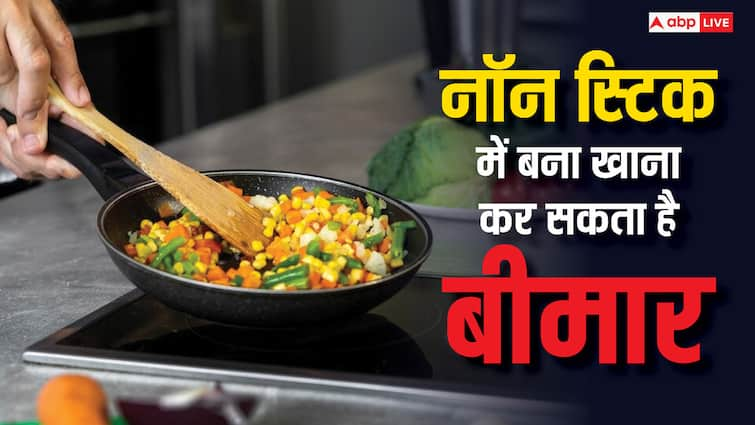Due to the cleanliness and ease of cooking, people today use non-stick cookware in most homes. Non-stick cookware is also easy to clean. But recent research has raised concerns about this cookware. It is said that eating food cooked in a non-stick pan can cause health problems.
In particular, the risk of a particular type of Tefalol flu has increased. According to a recent report in the Washington Post, U.S. poison control centers have recorded more than 3,600 cases of “polymer melt fever” over the past 20 years. This is a flu-like illness linked to nonstick pan coatings. In 2023, 267 cases of illness caused by nonstick pans were observed. This is much higher than since 2000.
What is Teflon Flu?
Teflon flu, also known as polymer fume fever. This is a temporary condition caused by inhaling hot Teflon (PTFE) fumes. It is often associated with occupational exposure or the use of Teflon cookware at high temperatures.
Because of the Teflon flu
“Teflon Flu,” also known as Polymer Fumes Fever. Caused by overheating nonstick cookware. When nonstick pans, especially those made of polytetrafluoroethylene (PTFE), commonly known as Teflon, are heated to temperatures above 500°F (260°C), they can release fumes. This fume contains toxic chemicals such as perfluorooctanoic acid (PFOA) and other fluorinated compounds. This can be harmful if inhaled.
Teflon Flu Symptoms
Exposure to smoke from very hot Teflon pans may cause a temporary flu-like condition.
Symptoms of the “Teflon Flu”
Headache
be cold
Fever
nausea
chest tightness
Cough
sore throat
These symptoms usually appear a few hours after exposure and can last a few days. Although this condition is usually not serious, it can be uncomfortable and worrying.
ways to protect yourself
To reduce the risk of “Teflon flu” and ensure safe use of nonstick cookware, follow these precautions.
What to do to avoid this
cook food to the right temperature
Do not cook food by making the non-stick pan too hot. We recommend heating it less. If you must cook at higher temperatures, use other types of cookware such as stainless steel or cast iron.
keep your kitchen airy
Make sure to ventilate while cooking by using an exhaust fan or opening windows. This helps expel any escaping smoke.
use a new pan
If your nonstick pans are old or scratched, replace them. Damaged pans can release excess smoke and particles into the air.
heat carefully
Do not preheat an empty nonstick pan. Never cook food at high temperatures in a nonstick pan.
Disclaimer: Some information given in the news is based on media reports. Before implementing any suggestion, you must consult the concerned expert.
Read also : Know if the nerves in the brain are blocked, otherwise the risk of stroke will increase.
Discover the health tools below-
Calculate your body mass index (BMI)
